Levator scapulae muscle
Table of Contents
Levator scapulae Muscle Anatomy
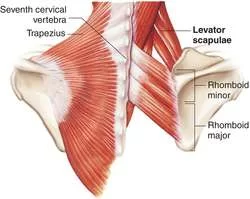
The levator scapulae muscle is a long muscle of the shoulder girdle. It is situated at the back and the side of the neck, and as its name suggests – its main function is to lift the scapula. The position of the muscle defines its supportive role in the vertebral column.
Origin
It originates from the posterior tubercles of the transverse processes of C1 to C4.
Insertion
It inserts into the superior part of the medial border of the scapula.
Nerve supply :
The dorsal scapular nerve supplies the muscle.
Blood supply :
The levator scapulae is supplied by the dorsal scapular artery. Normally, this artery has a small branch that passes laterally to the supraspinatus fossa of the scapula, and in a third of cases, this branch supplies the muscle.
Action
Scapulothoracic joint: Draws scapula superomedially, rotates glenoid cavity inferiorly;
Cervical joints: Lateral flexion of neck (ipsilateral), extension of the neck
Function
The main function of the levator scapulae muscle is to elevate and retract the shoulder girdle at the scapulothoracic joint. At the same time, it helps in preventing the depression of the girdle when carrying heavy loads. Additionally, the muscle participates in the stabilization of the scapula and the inferior rotation of the glenoid cavity.
When acting on the cervical joints, unilateral contraction of the muscle produces ipsilateral flexion of the neck, while bilateral contraction contributes to the extension of the neck. The actions of levator scapulae are facilitated by actions of the trapezius, latissimus dorsi, rhomboids, and pectoralis major and minor muscles.
Strengthening exercise
Stand against a wall with a spikey ball placed on your upper back above your scapula (on the levator scapulae muscle). Apply a comfortable pressure (“feel good” pain). Keep the pressure, and move your body up and down to slowly roll the ball along the muscle. You can pause on the tighter spots for up to 30 seconds.
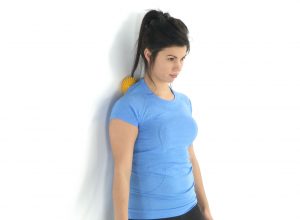
Stretching Exercise :
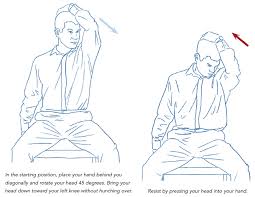
- Sit on a chair or bench with your feet wide apart and your back and abs slightly tightened.
- Reach behind you with your right hand and grab the edge of the chair. Lean your upper body to the left, keeping your head upright.
- You will feel a light pull in your right shoulder or upper arm.
- Now try to lift your right shoulder toward the ceiling for five seconds. Do not allow your body to move sideways.
- Relax for a couple of seconds and then lean your upper body a little more to the side.
- You have now reached the correct starting position for the stretch.
- Rotate your head 45 degrees to the left. Place your left hand behind your head and gently pull it at an angle toward your knee.
- Stretch the muscle in this manner for 5 to 10 seconds.
- Stop the movement when you feel a slight sting in the right side of your neck. Next, relax the muscle for 5 to 10 seconds.
- Resist by carefully pushing your head backward into your hand. Next, relax the muscle for 5 to 10 seconds.
- Deepen the stretch by slowly pulling your head toward your chest in the direction of your knee until you reach a new ending point.
- Repeat two or three times.
Related pathology
An isolated lesion of the dorsal scapular nerve with a consequent paralysis of the levator scapulae muscle is very rare. The symptoms include “winging” of the scapula (scapula alata), as well as atrophy of both the levator scapulae and rhomboid muscles. As the affected patients may have no clear complaints, the correct diagnosis is often made too late.
Levator scapulae is one muscle of the human body which is prone to stiffening and chronic pain due to false posture in everyday life. Common causes include carrying heavy shoulder bags, permanent lifting of the shoulders while sitting at a desk, and sleeping on one side of the body without proper head support.

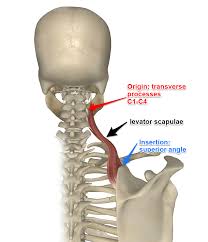
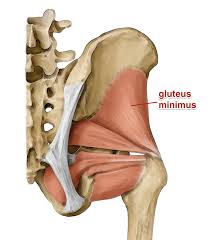
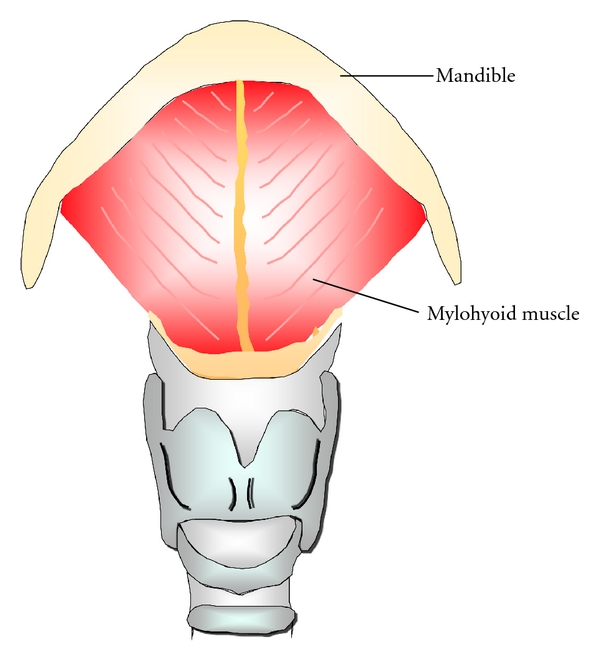
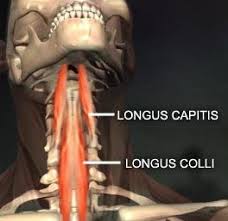
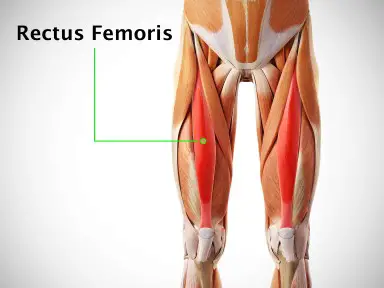
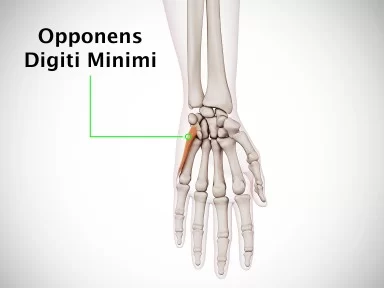
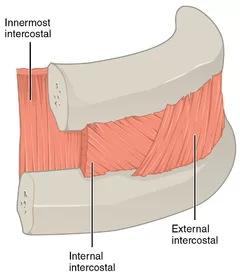
2 Comments